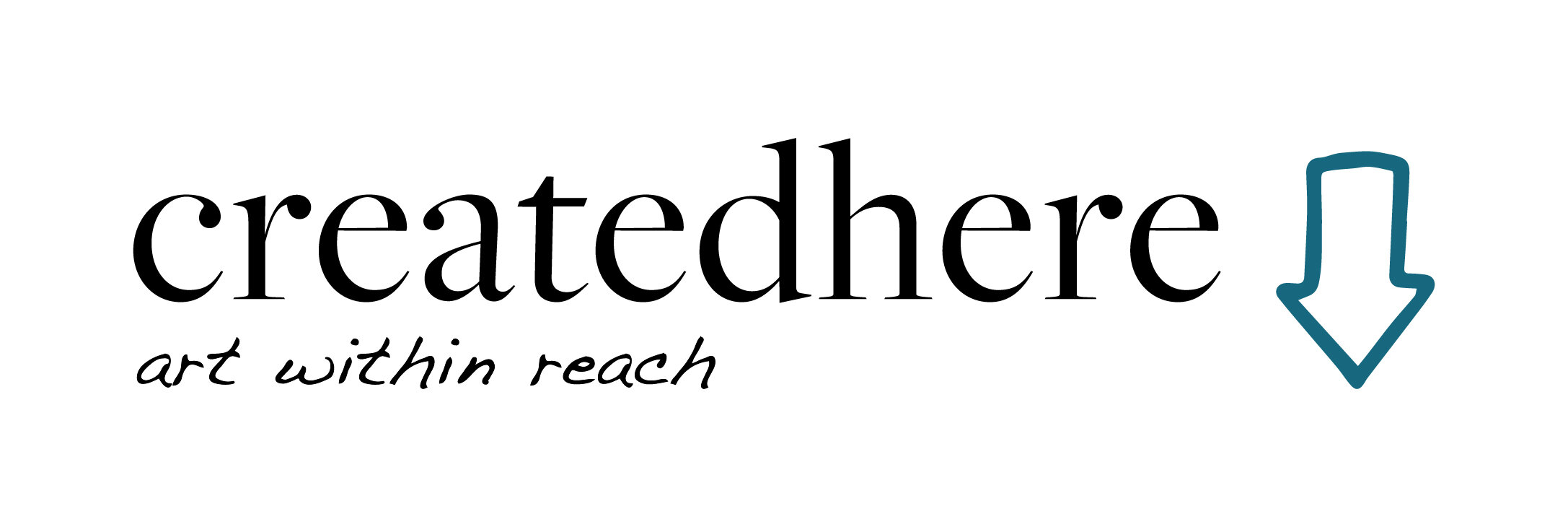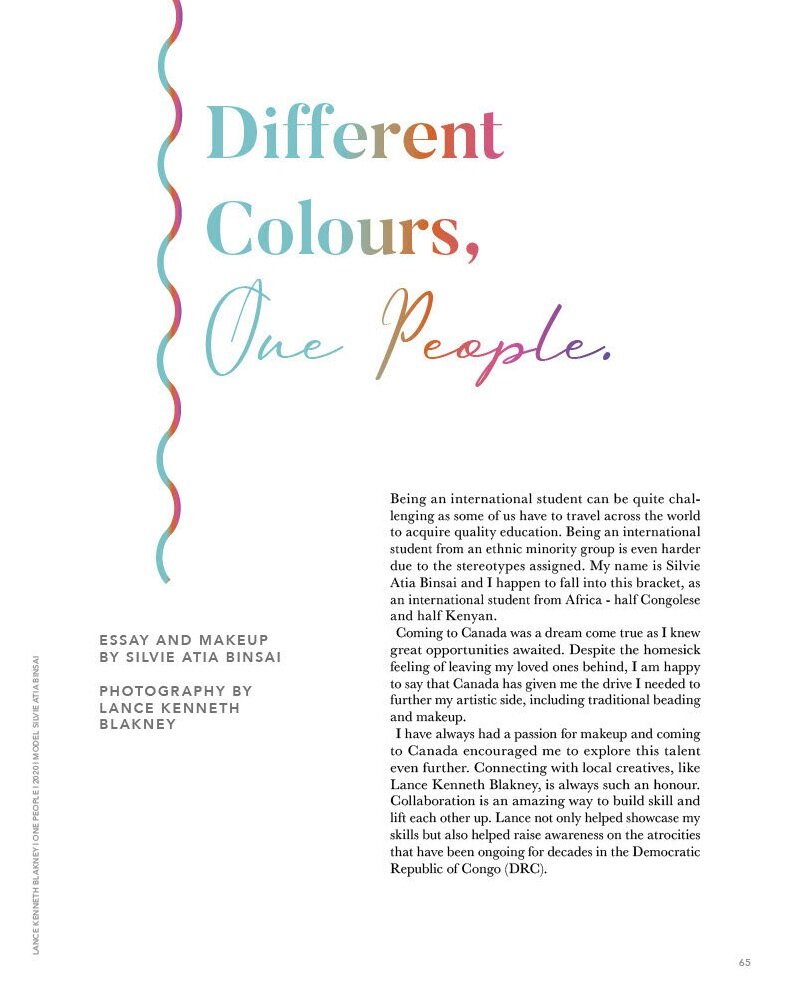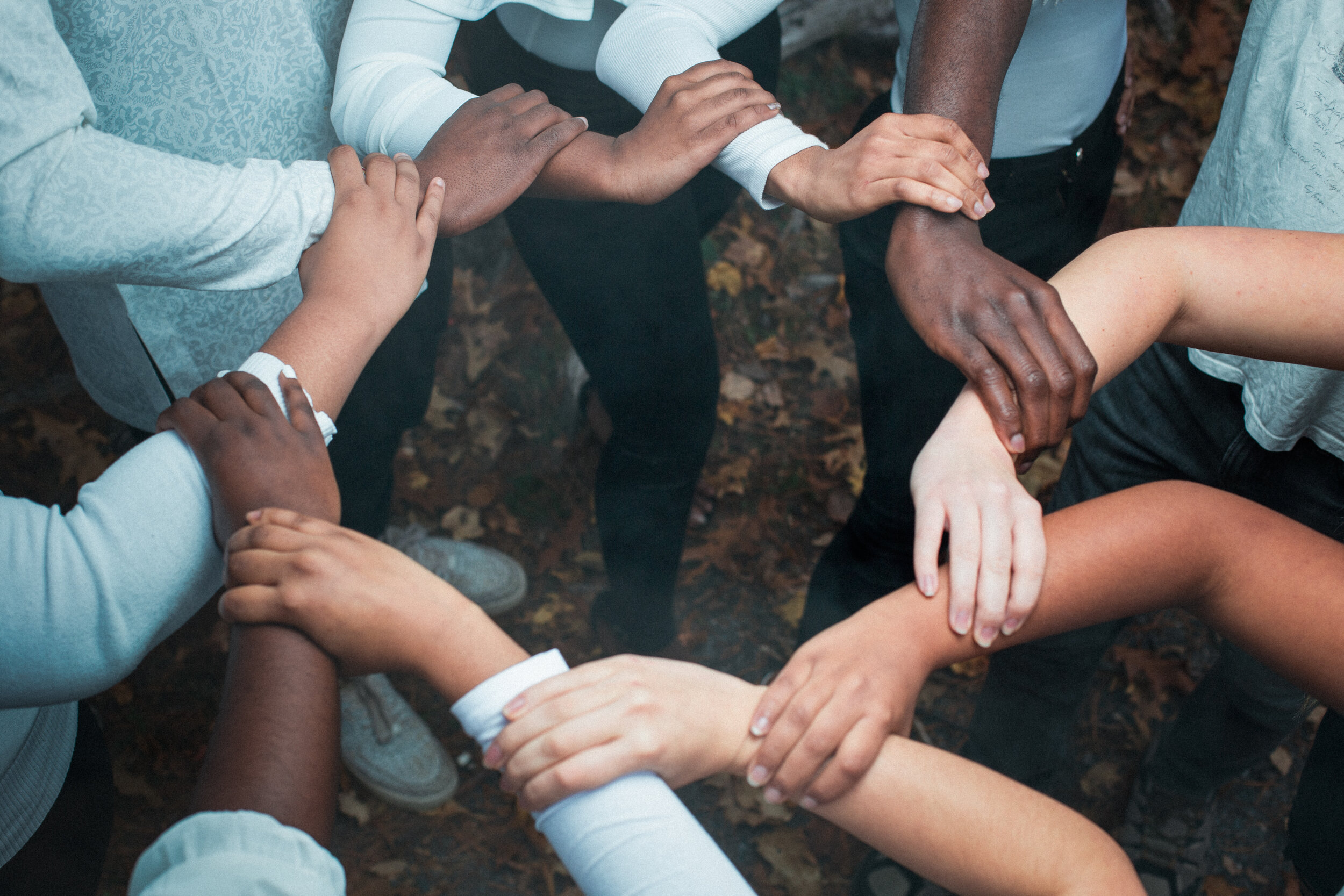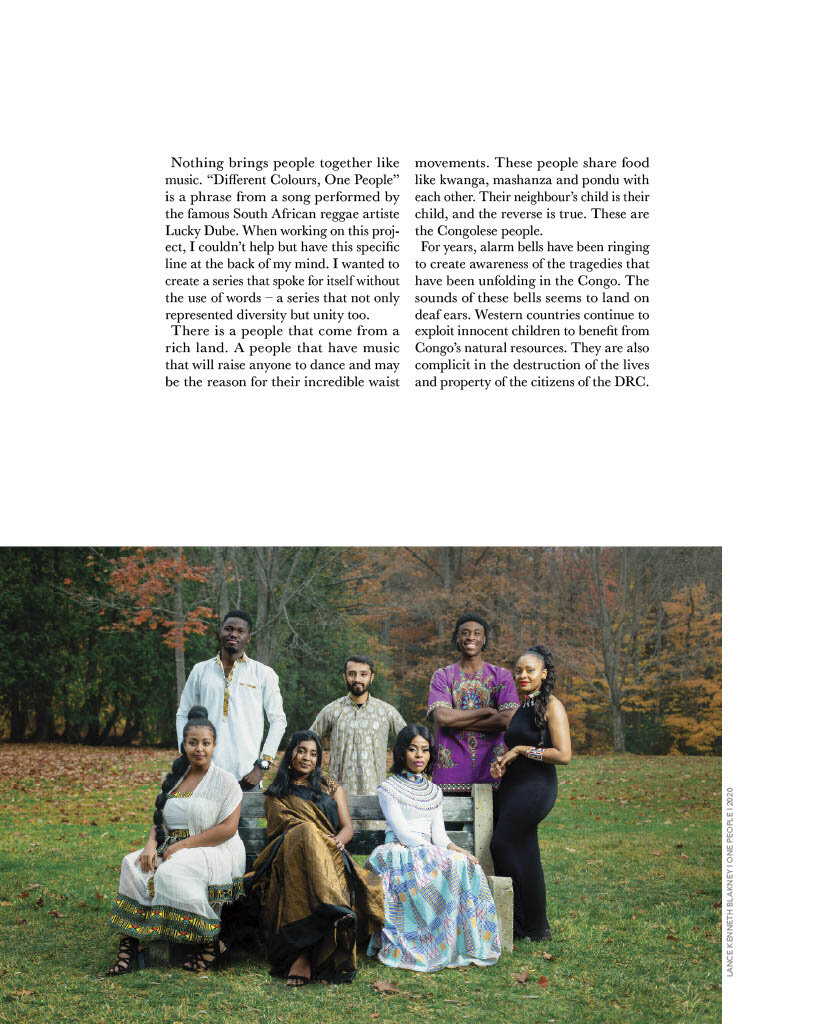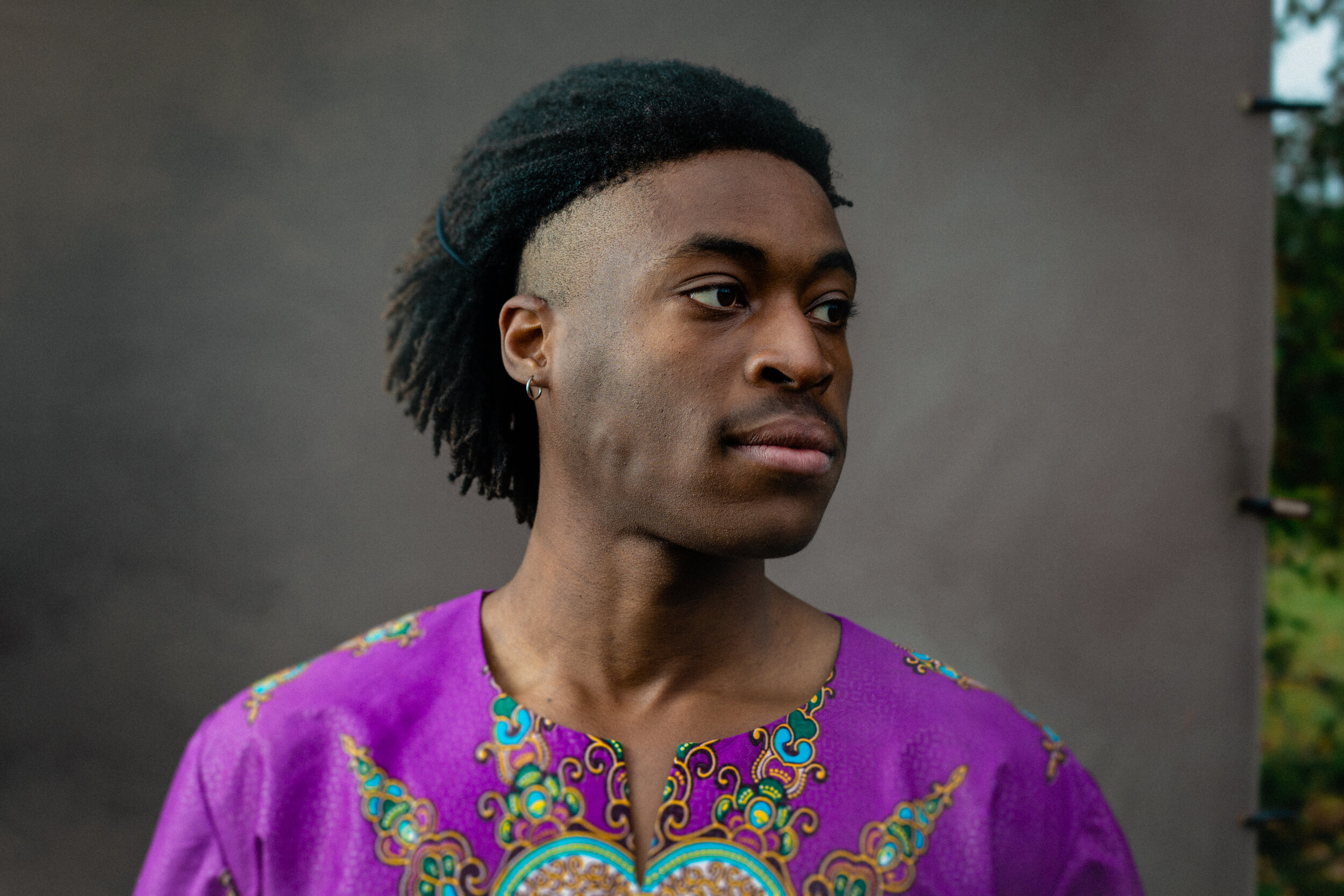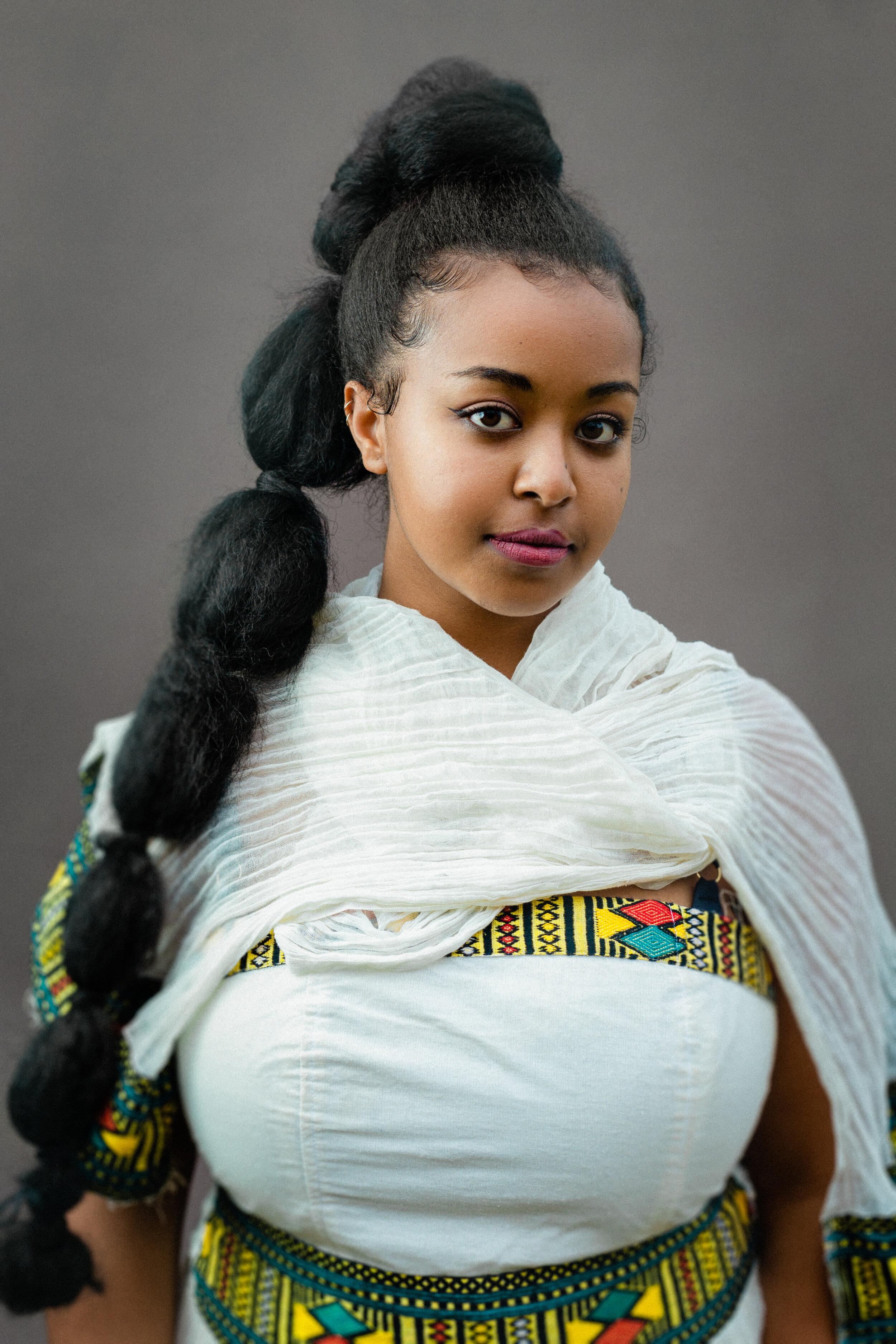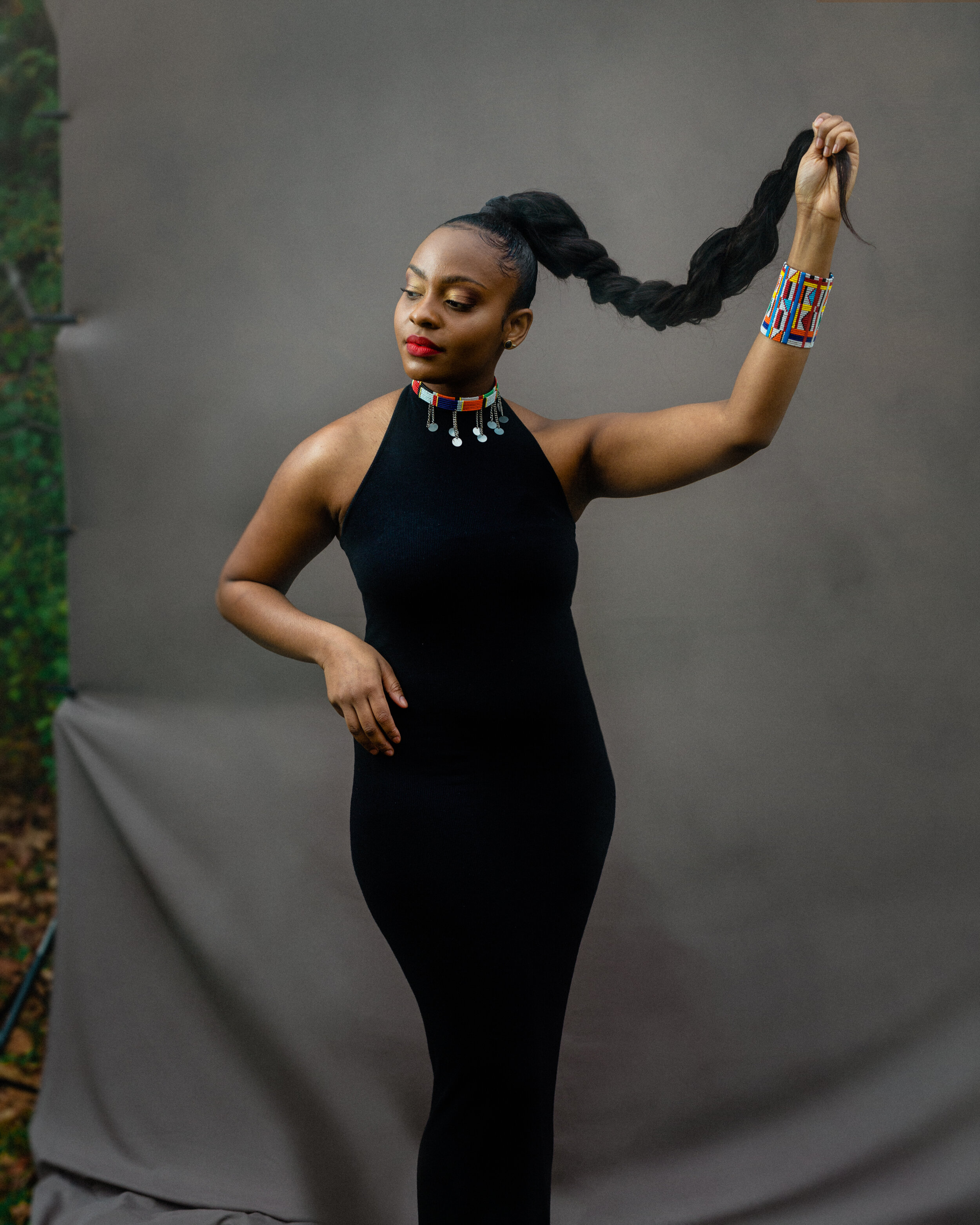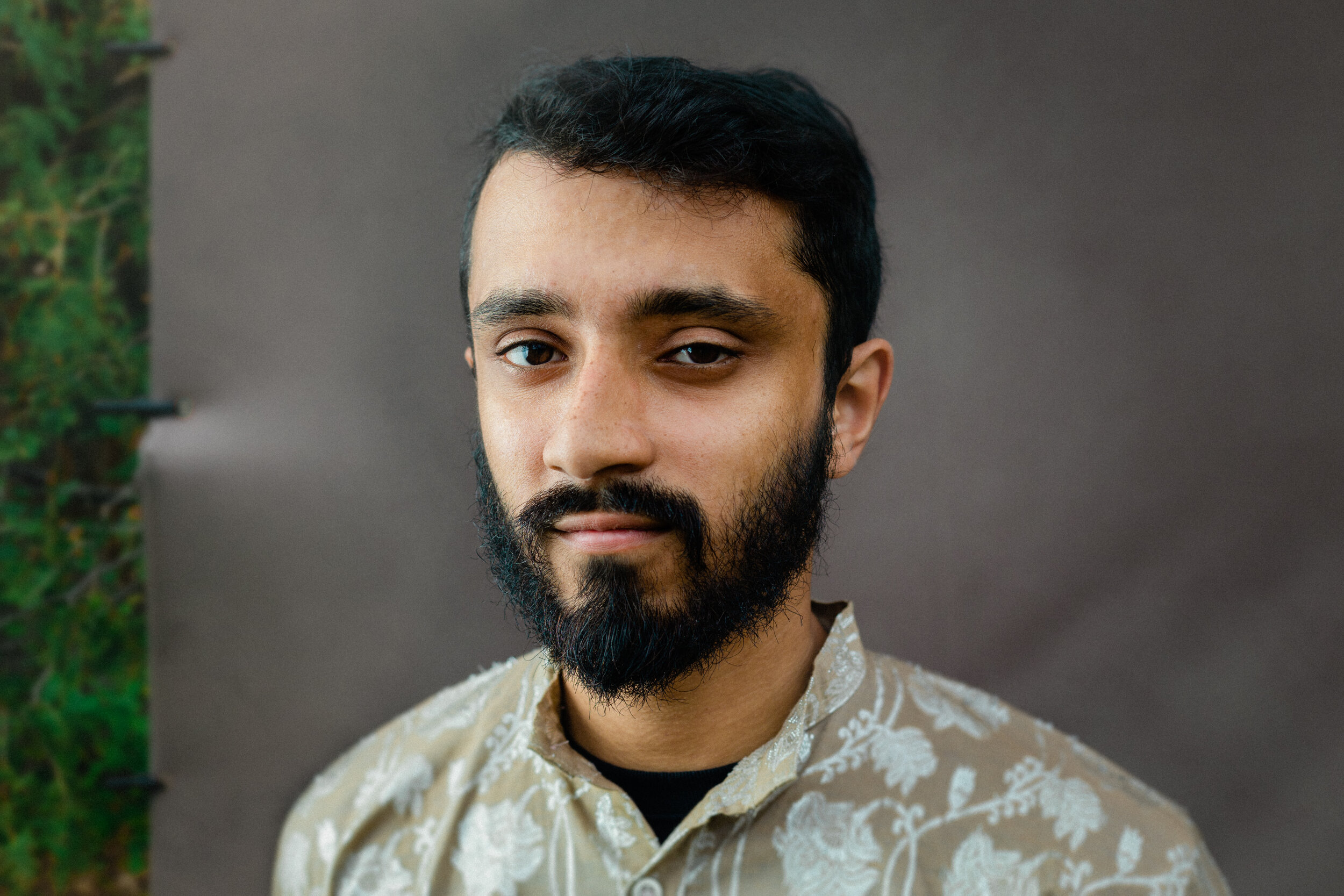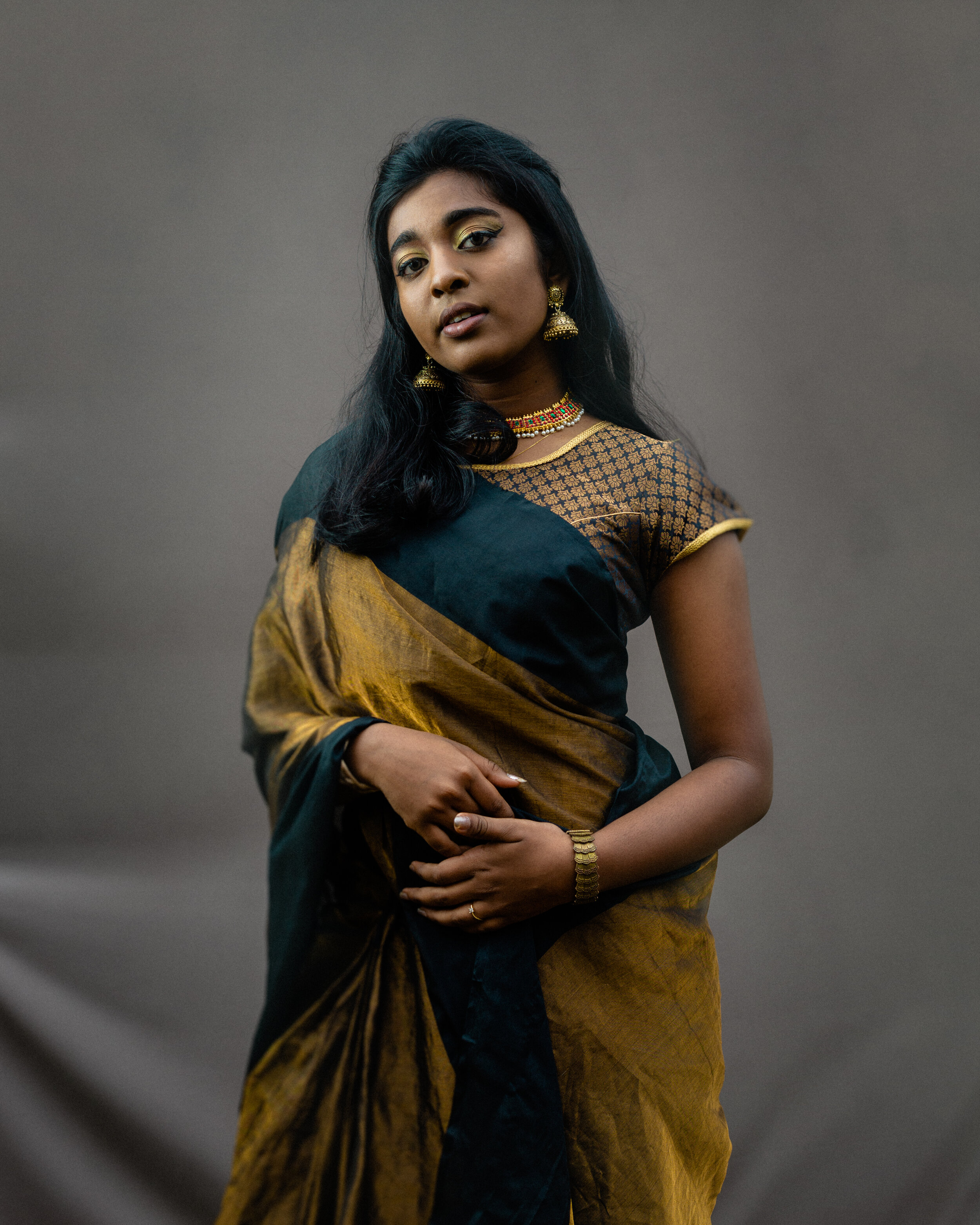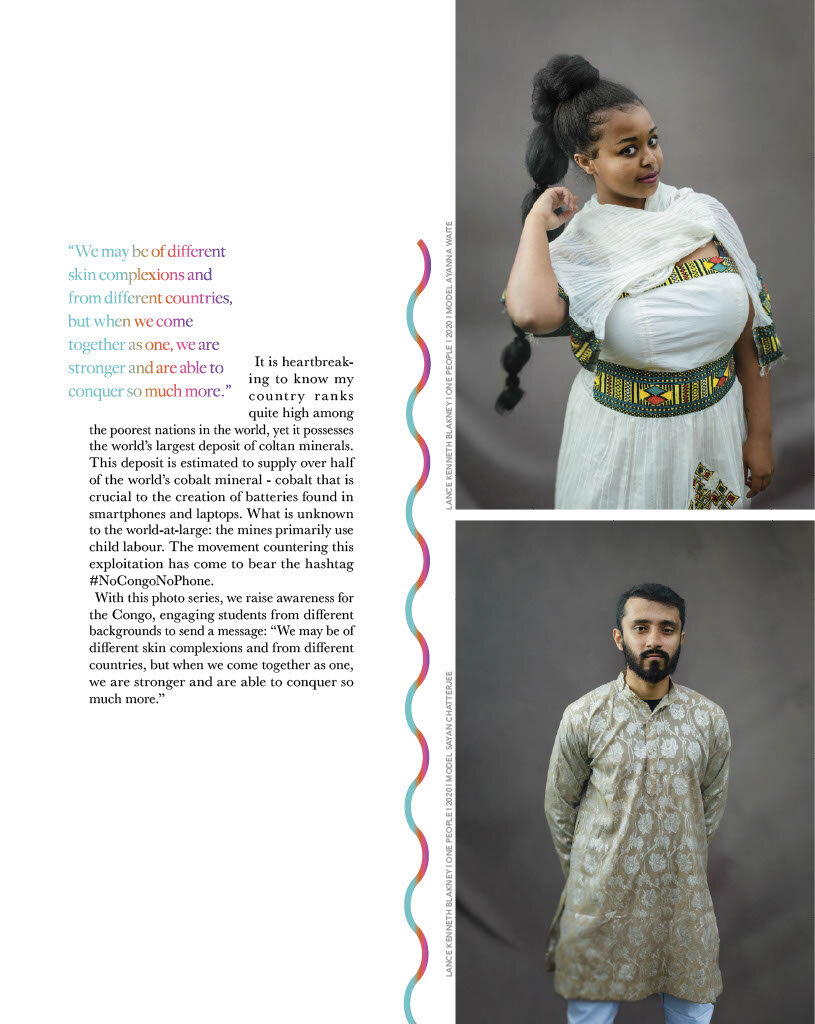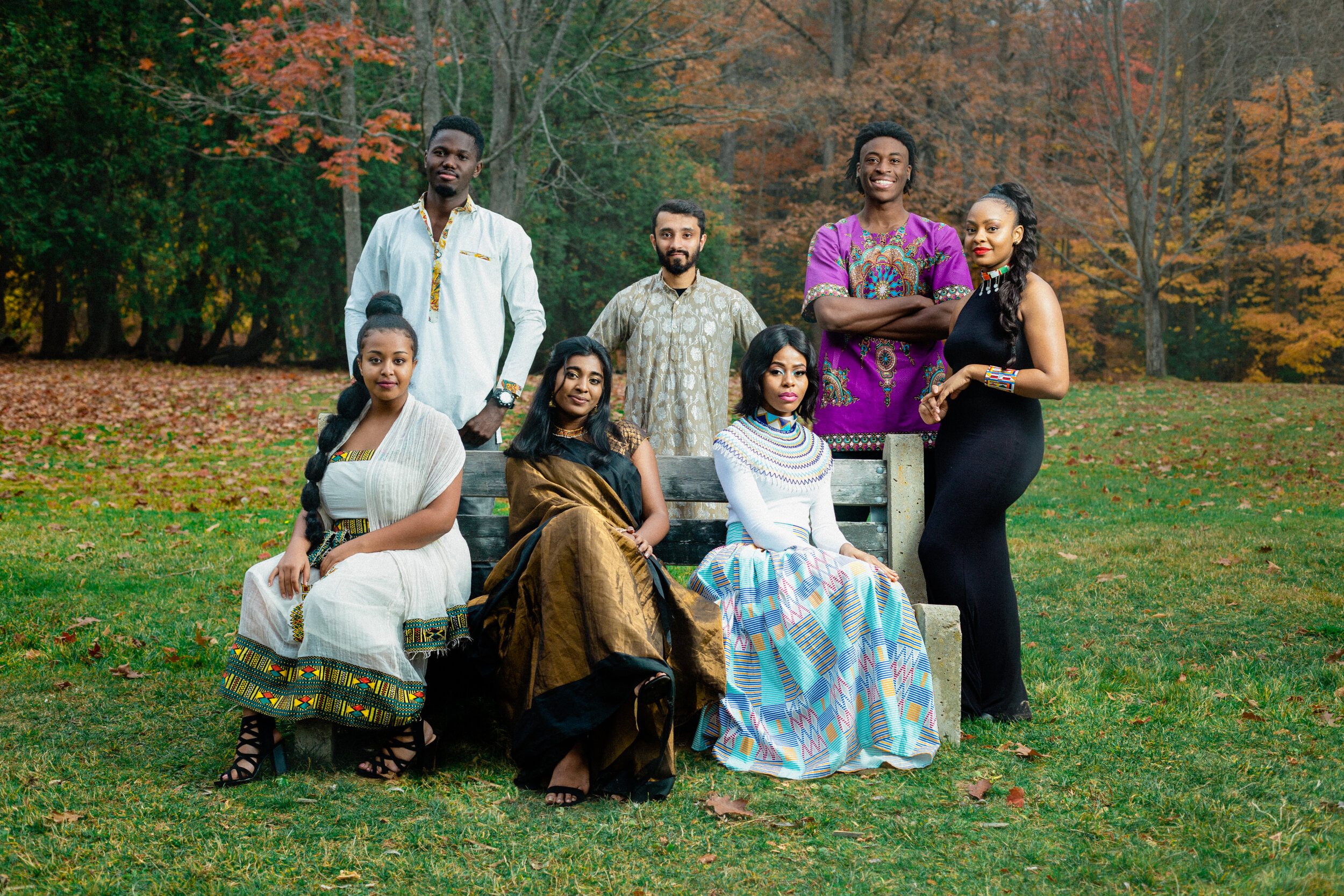Have You Seen Issue 15?
What does home mean to you?
Is home where you find yourself or where you come from? Is it where you plant your family or where you hang your art? For many, home is intrinsically tied to identity. For others, home is an idea that can be carried in the pocket like a well-worn penny. For some, home is a person, not tied to place at all.
Cover Art: “Identity” by Olka Art Collective
CreatedHere Issue 15 - Come From Away celebrates and thanks those who came from away to land here, in this place called New Brunswick. Perhaps drawn by our cooperative community, our wild spaces or our inexpensive studio and study options, immigrating artists from near and far choose to settle here. Not only do they settle, but they stir up exciting activity in the communities fortunate enough to welcome them.
The title of this publication is not a label but an invitation:
come from away.
Meet featured artist
Silvie Atia Binsai
International student studying at St Thomas University, writer, traditional beadwork artist, MUA extraordinaire, and Issue 15 contributor.
Read the full length article“Different Colours, One People” below and subscribe here to get the full issue in print.
Different Colours, One People.
from the pages of Issue 15 - Come From Away
Essay and makeup by Silvie Atia Binsai | Photography by Lance Kenneth Blakney
Being an international student can be quite challenging as some of us have to travel across the world to acquire quality education. Being an international student from an ethnic minority group is even harder due to the stereotypes assigned. My name is Silvie Atia Binsai and I happen to fall into this bracket, as an international student from Africa - half Congolese and half Kenyan.
Silvie Atia Binsai. Photo by Lance Kenneth Blakney
Coming to Canada was a dream come true as I knew great opportunities awaited. Despite the homesick feeling of leaving my loved ones behind, I am happy to say that Canada has given me the drive I needed to further my artistic side, including traditional beading and makeup.
I have always had a passion for makeup and coming to Canada encouraged me to explore this talent even further. Connecting with local creatives, like Lance Kenneth Blakney, is always such an honour. Collaboration is an amazing way to build skill and lift each other up. Lance not only helped showcase my skills but also helped raise awareness on the atrocities that have been ongoing for decades in the Democratic Republic of Congo (DRC).
Nothing brings people together like music. “Different Colours, One People” is a phrase from a song performed by the famous South African reggae artiste Lucky Dube. When working on this project, I couldn’t help but have this specific line at the back of my mind. I wanted to create a series that spoke for itself without the use of words – a series that not only represented diversity but unity too.
There is a people that come from a rich land. A people that have music that will raise anyone to dance and may be the reason for their incredible waist movements. These people share food like kwanga, mashanza, and pondu with each other. Their neighbour’s child is their child, and the reverse is true. These are the Congolese people. For years, alarm bells have been ringing to create awareness of the tragedies that have been unfolding in the Congo. The sounds of these bells seem to land on deaf ears. Western countries continue to exploit innocent children to benefit from Congo’s natural resources. They are also complicit in the destruction of the lives and property of the citizens of the DRC.
David Effiong, Ayanna Waite, Shannon Gumbs, Sayan Chatterjee, Michelle Clement
“We may be of different skin complexions and from different countries, but when we come together as one, we are stronger and are able to conquer so much more.”
It is heartbreaking to know my country ranks quite high among the poorest nations in the world, yet it possesses the world’s largest deposit of coltan minerals. This deposit is estimated to supply over half of the world’s cobalt mineral - cobalt that is crucial to the creation of batteries found in smartphones and laptops. What is unknown to the world-at-large: the mines primarily use child labour. The movement countering this exploitation has come to bear the hashtag #NoCongoNoPhone.
With this photo series, we raise awareness for the Congo, engaging students from different backgrounds to send a message: “We may be of different skin complexions and from different countries, but when we come together as one, we are stronger and are able to conquer so much more”.
It is ironic that tech devices are used to create awareness of the atrocities occurring in other nations, neglected is the one nation that provides the mineral required to manufacture them. It is hard to believe that this crisis has been ongoing for decades, yet we still have people who remain oblivious. Through the use of digital photography and social media, this message can be heard around the world.
As you sit in the comfort of your home may these words remind you that children as young as eight are risking their lives, working in extremely harsh conditions. They are being killed due to mine collapse and their deaths are the cost of the latest gadget. You need to know that your technology is powered by child labour.
To show your support by signing the petition, and learn more about the ongoing humanitarian crisis in the DRC, please go to lkb.photography/one-people
